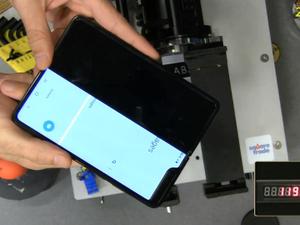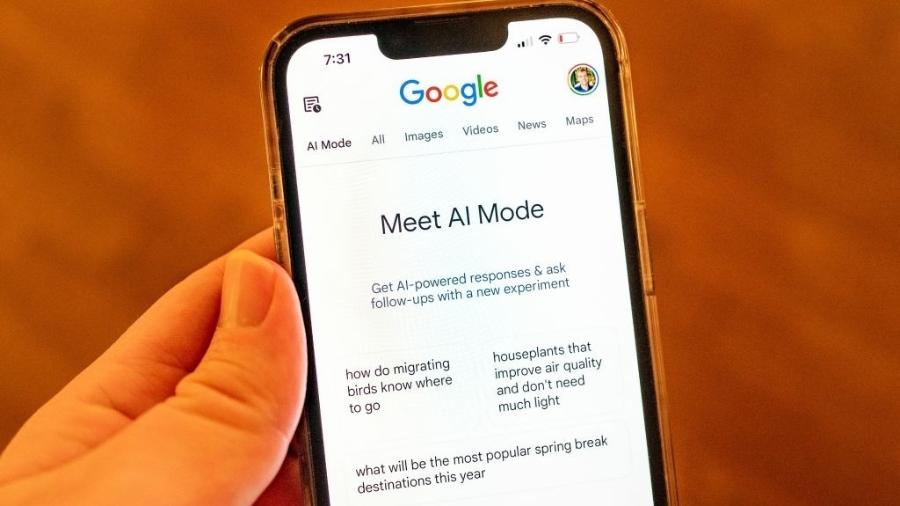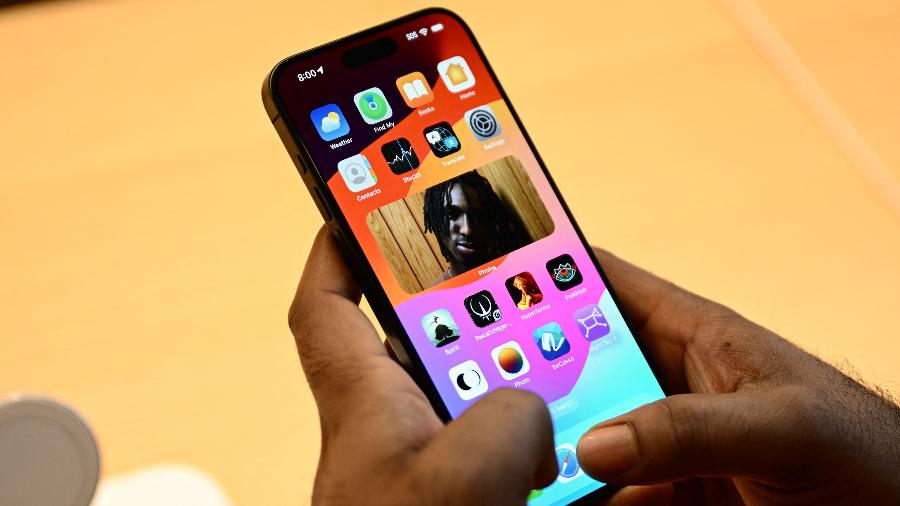Samsung diz que corrigirá problema de reconhecimento de impressão digital do Galaxy S10

A Samsung disse nesta quinta-feira que em breve lançará uma atualização de software para corrigir problemas com o reconhecimento de impressão digital em seu smartphone Galaxy S10.
Uma usuária britânica disse ao jornal Sun nesta semana que um bug em seu Galaxy S10 permitia que ele fosse desbloqueado, independentemente dos dados biométricos registrados no dispositivo.
Depois que ela comprou um protetor de tela de terceiros, seu marido conseguiu desbloquear o telefone usando a impressão digital, mesmo que não estivesse registrada.
O problema pode acontecer quando os padrões de alguns protetores que vêm com capas de telefone de silicone são reconhecidos junto com as impressões digitais, disse a gigante sul-coreana em um aviso em seu aplicativo de e ao cliente.
Lançados em março, os telefones da série Galaxy S10 têm um sensor no display que usa ultrassom para detectar os sulcos das impressões digitais, que a Samsung considerou um recurso de autenticação biométrica "revolucionária".

















ID: {{comments.info.id}}
URL: {{comments.info.url}}
Ocorreu um erro ao carregar os comentários.
Por favor, tente novamente mais tarde.
{{comments.total}} Comentário
{{comments.total}} Comentários
Seja o primeiro a comentar
Essa discussão está encerrada
Não é possivel enviar novos comentários.
Essa área é exclusiva para você, , ler e comentar.
Só s do UOL podem comentar
Ainda não é ? Assine já.
Se você já é do UOL, faça seu .
O autor da mensagem, e não o UOL, é o responsável pelo comentário. Reserve um tempo para ler as Regras de Uso para comentários.